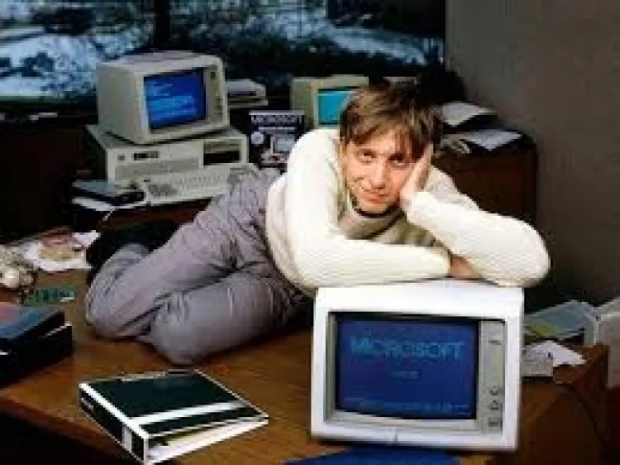In 1983, two years after the launch of MS-DOS and a year after its first word processing program, Word, and its first Microsoft Mouse, Microsoft hit the headlines with Windows.
Vole shocked the world with an all-new graphical user interface-based PC operating system. The company called the OS Windows.
Microsoft's co-founder Bill Gates reportedly became interested in creating a GUI-based PC OS when he saw a demo for another early operating system with a similar design. Visi On, in 1983.
Apple launched its Lisa computer with its GUI in 1983, but it could have been more practical due to its $10,000 price tag.
Vole made a GUI operating system far more affordable than competing software products, and the OS would cost between $100 and $250.
Early announcements claimed that Windows would have relatively small hardware requirements. It claimed it would need an IBM-based PC with two floppy disk drives and 192K RAM. These light hardware requirements would become the sort of thing we would become familiar with at launch. Windows 95, for example, would say it didn’t need much RAM to operate, but most people discovered it would not be happy unless it had more than what was written on the press release.
Windows could also run any MS-DOS programs. In the worst case, Windows will turn the full display over to an MS-DOS application and return you to your place in Windows. "Language bindings" will enable programmers to write software for Microsoft Windows in any Microsoft programming language.
Microsoft tried to have Windows applications overlap each other when more than one was running and eventually went to a tiled UI. In a tiling approach, the screen display was divided into columns, and the columns were broken into windows.
Windows had a built-in "automatic window layout" feature that resized all the windows when the size of any one window was altered so that the windows never overlapped. When one window is placed on top of another, the covered window is instantly transformed into a pictorial representation or icon and displayed at the base of the screen.
Microsoft said many IBM PC-based companies like HP, Compaq, and Texas Instruments would support Windows. IBM decided not to support Windows at the time of its official announcement. It later released an OS called TopView that failed, and then it worked with Microsoft to launch OS/2 in the late 1980s.
Vole wanted to launch Windows in April of 1984, but it took two years after it was first announced in New York City. Ironically, after all that extra work and development, the operating system was a sales failure, with just 500,000 units sold in its first two years. It was not until the arrival of Windows 3.0 in 1990 that the OS became genuinely successful.

